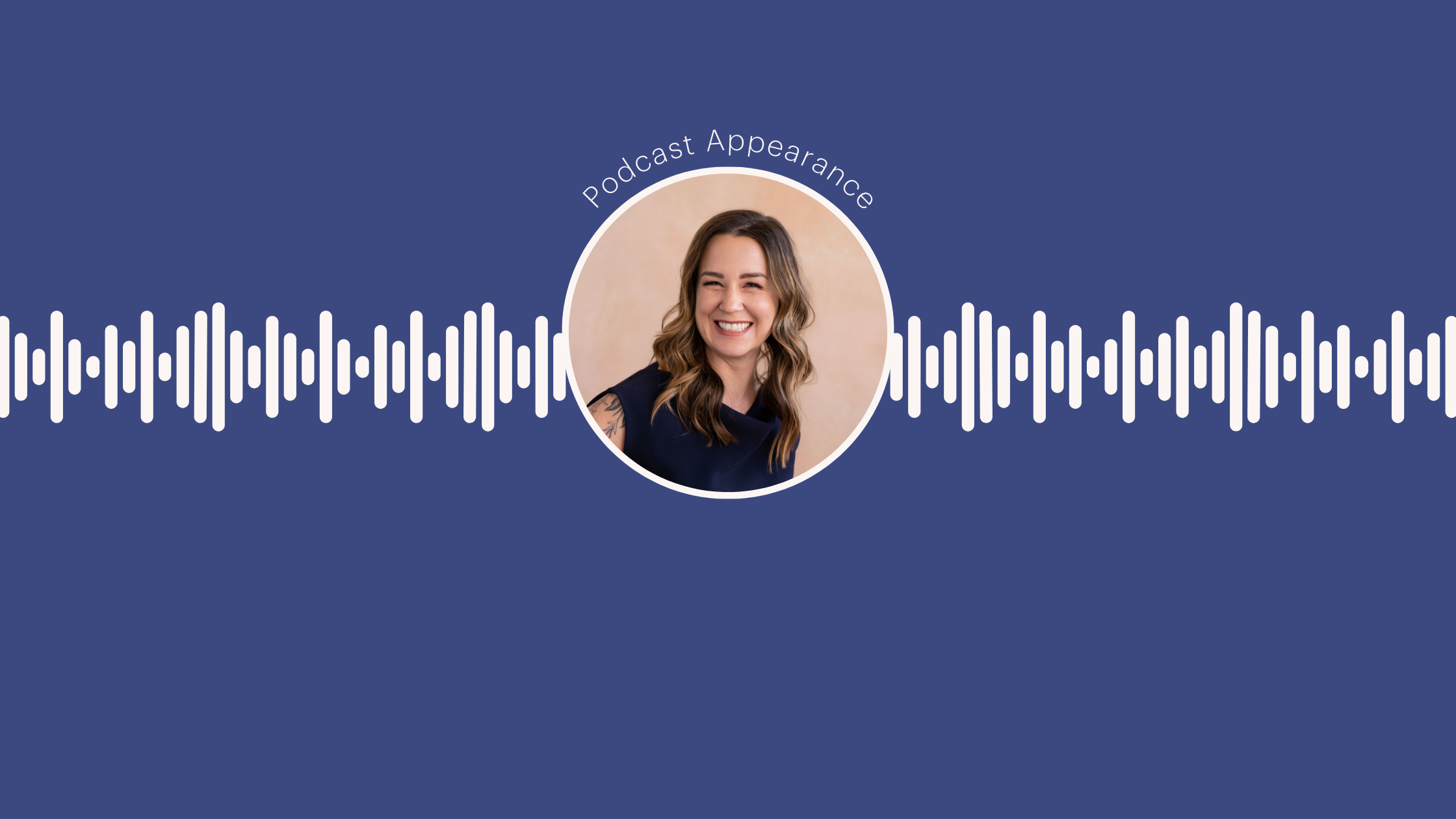Increase Your Content’s Visibility with Google Ads
Boost your brand’s content strategy with Google Ads. Attract qualified leads, educate them about your brand and stay top of mind.
The adage of “If you build it, they will come” doesn’t always apply in content marketing. If you want to immediately reach a large number of people with your message, paid media should be a primary tactic in your marketing plan. Organic traffic will still play a role and, in fact, enhance your paid strategy, especially when you upcycle your keyword strategy and layer on Google Ads to boost your visibility.
Content strategy, elevated
To follow content marketing best practices, we perform keyword research to optimize your website copy and blog content for search engines. We also analyze your site’s top content in Google Analytics to understand your audience’s wants and needs. This data informs our content plan and blog topics that best resonate with your target audience.
Google Ads are a useful tool in the awareness and education stages. The ads operate on a pay-per-click model so you only pay when a user clicks on your ad.
In order to build quality ads, we take select keywords or keyword phrases, then write short-form ad copy to pique interest (awareness) and route users to related content on your website (education), where we conclude with a strong call-to-action to explore your offerings (consideration). Now, you can see the dots connect in your overarching content plan.
Our User Journey below also serves as a visual explanation of the stages to conversion.
We built an educational Google ad strategy for Infinity Wellness Center, a functional medicine marketing client in Austin, Texas based on their current patients’ common symptoms. Their primary audience researches their symptoms online to immediately gather information for relief. We uncovered even more functional medicine marketing keywords and phrases in our Functional Medicine Patient Perception Report.
Our ad strategy provides informational value to the potential patient before we pitch the hard sell to schedule an appointment.
We bid on keywords for their top symptoms or conditions, driving interested users to relevant blog content to learn more. The practice has tracked an uptick in new patients, as well as a 44% increase in website traffic, 13% more pages per session and significantly lower bounce rates (26%!) year over year.
The components of successful ads
If you’re starting at square one (or don’t know where to start), read my previous blog, Paid Content Promotion 101: A Primer for Successful Campaigns, for key considerations before you invest.
For your Google Ads campaign, you’ll need three primary assets:
- Keywords
- Matching blogs or landing pages
- Tracking
Let’s break these down further.
Your keyword list should cover the bases of your competitors and your aspirational brand position. Consider what terms your target audience searches for when they have an issue. In our functional medicine example, someone who suffers from sleepless nights might search for, “at home remedies for insomnia.” Because we bid on keywords related to insomnia support, our ad may show in the results page to take the sleep-deprived searcher to our blog post.
Next, you need content to back up your keywords – think blogs and topic-specific landing pages. Search engine algorithms crawl your pages for relative terms and present your result according to the match. The user’s search pulls up our blog, “Insomnia Relief: Find It in Your Kitchen” all about household items that can help you sleep better. The informative blog concludes with a call-to-action to schedule an appointment to be well-rested again.
Your paid media investment should always be justified by data. For now,* we use tracking links to trace user behavior on Search Engine Results Pages (SERPs) to specific pages on your website. We test the approach, gather insights and optimize for the next flight.
The top metrics to glean insight from your campaign include:
- Bounce rate – Are visitors bouncing after a single page or browsing for more information?
- Time on site – Does your content deliver what your ad says it will deliver?
- New visitors – Are you attracting a new swell of users or re-engaging previous visitors?
- Conversion rate – Is your target audience doing X desired action?
Conversion rate is a key metric that measures the rate at which users take the desired action post-click. Your conversion rate can answer these important questions: Are your landing pages optimized? Are you using the right keywords? Are you targeting the right people? Benchmarks vary by industry and desired outcome, but we typically cite a good conversion rate between 2% and 5%. My blog here can help you establish your campaign reporting process.
Apply insights to work smarter
Your Google Ad results can inform your ongoing content strategy. Applied insights may guide future blog articles, white papers or webinar topics. You may learn that your target audience is not ready to jump for your product or service (reference the transtheoretical model of change), so you adjust your ads to build an educational runway to the “Ready” stage.
If you’re in the functional medicine industry and could use additional wellness marketing insights and tactics, download our free Functional Medicine Patient Perception Report.
Conclusion
Your website content and blog provide great SEO value. They can work harder for you with a moderate ad budget. Explore what Google Ads can do for your lead generation goals with our team. Schedule a consult to lift your content strategy higher.
*Google Chrome and other browsers plan to remove cookie tracking as early as Q1 2022 to protect user privacy. This changing landscape will force marketers to find alternative data sources. Source: https://engeniusweb.com/google-ads-metrics/
Subscribe to our Muse monthly newsletter for more marketing tips & tricks direct to your inbox.
About the Author
Lauren Konst is an Account Manager at Muse. With a strong background in integrated marketing and communications, advertising and events, Lauren pitches grassroots marketing ideas and creative solutions to support clients’ business objectives. Throughout her career, she has worked with notable clients including Cleveland Clinic, The Rock & Roll Hall of Fame, Destination Cleveland and Greater Cleveland Food Bank.
More Good Reads

Modern Wellness Customer Personas: 2024
How to target different wellness motivations of consumers in 2024.

Marketing for Wellness Brands: Learn How to Change Your Audience’s Mindset
Attract more patients with marketing for wellness brands that uses strategies & communication focused on positive change.

